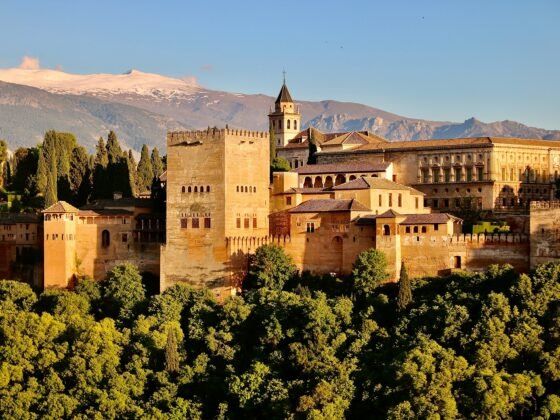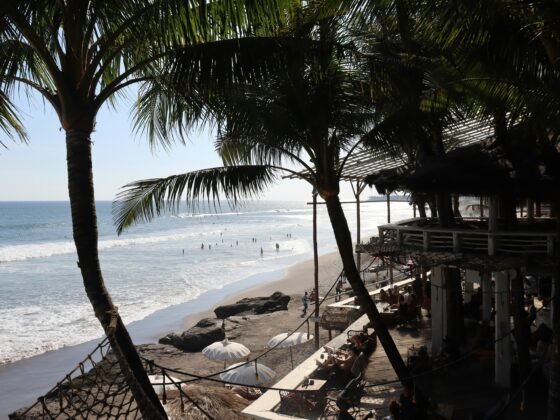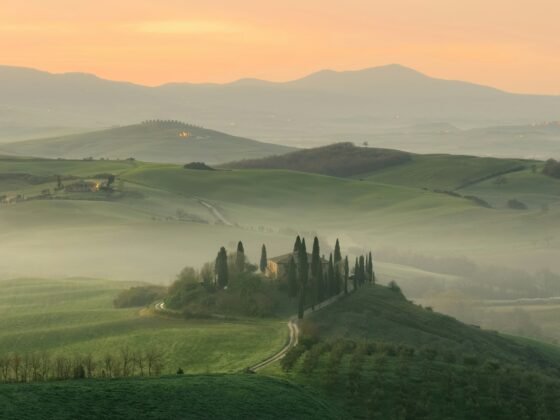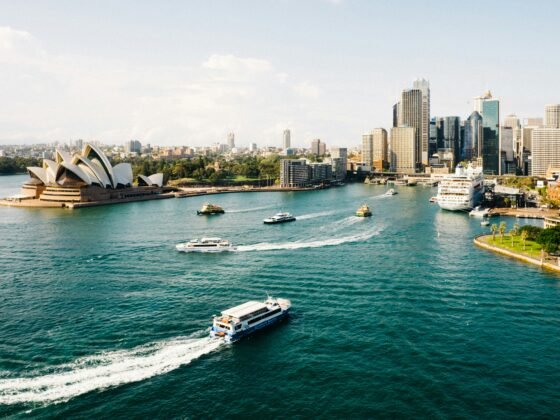If you’re looking for a holiday that combines historic cities, stunning scenery, and beautiful beaches, consider visiting Andalucia’s Golden Triangle. The triangle is made up of three cities in southern Spain – Granada, Cordoba, and Sevilla – and the surrounding coastal areas. It is one of the most picturesque regions of Europe, and the area offers everything from ancient architecture to watersports.
Below you’ll find a short, essential guide to help you plan your trip, covering everything from transport to key attractions.
Travel and Transport
By Air: Fly in to Malaga Airport for the best connections to the rest of the region.
By Road: There are a number of car hire companies available at Malaga Airport. If you’re driving your own car to southern Spain, you’ll find the roads to be well-maintained and clear of traffic.
By Rail: If you’d rather travel by rail, you’re in luck. All three cities of the Golden Triangle are conveniently connected together by rail, and the maximum journey time between each one is an hour and a half.
Where to Stay
Andalucia’s Golden Triangle is incredibly diverse, and you’ll find that the range of accommodation options available are too. There is great variety in type, price, and location – so you’re sure to find something right for you.
Hotels: Hotel accommodation in the Golden Triangle is plentiful in both quantity and quality. You’ll find a great mix of boutique and independent hotels in all three of the major cities. You’ll find budget-friendly and larger hotels in the coastal regions.
Self-Catering: Self-catering is a great option throughout the region. If you choose to visit the beautiful beaches of the Costa Del Sol, you’ll find a range of luxury homes in Spain for vacationers available to rent.
Off the Beaten Track: For slightly quirkier accommodation, check out the region’s wealth of cave houses. Carved into the mountainous rocks of Andalucia, these self-catering homes are ideal for a more peaceful stay.
Heritage and Places to Visit
Spain was occupied by the Moors for hundreds of years, and the lasting influence on culture, language, architecture, and music in most notable in Andalucia. In Granada, Cordoba, and Sevilla, you will find a wealth of charming historical features to enjoy, as well as a wonderful mix of food and drink, shows, and shops.
Granada: With the Sierra Nevada mountains as a backdrop, Granada is a mesmerizing city to visit. It boasts three UNESCO World Heritage Sites: The Alhambra, Generalife and Albayzín. The most famous of these is the Alhambra Palace, which was originally built in the 8th century.
Cordoba: You can’t miss the Mezquita-Catedral. Once known as the Great Mosque of Cordoba, it is now a Roman Catholic Church – and is a UNESCO World Heritage Site. You should also check out the Arabian Baths, as well as the Ancient Roman Bridge.
Sevilla: Despite being the capital of Andalucía and the largest city in the region, Sevilla is compact and easy to get around. Like Granada, it has three UNESCO World Heritage Sites for you to visit. Make sure you also take a stroll through the maze of cobbled streets in the in medieval quarter, visit the Plaza de España, and take some time to unwind and appreciate the local tapas bars and flamenco shows.
Hitting the Beach
You can’t visit this region without at least a day out at the beach. Andalucia is famed for its 800km of coastline, and for good reason. With white sands and swim-friendly seas, there’s a huge range of sunny beaches for you to choose from.
Lesser known beaches include Maro Beach in Nerja, which is both beautiful and quiet. If you’re looking for somewhere more lively, Marbella is well-known for it’s popular Mediterranean beaches. You could end your trip at this tourist-friendly destination, where you’ll find everything from bustling beaches to upmarket bars and boutiques.











